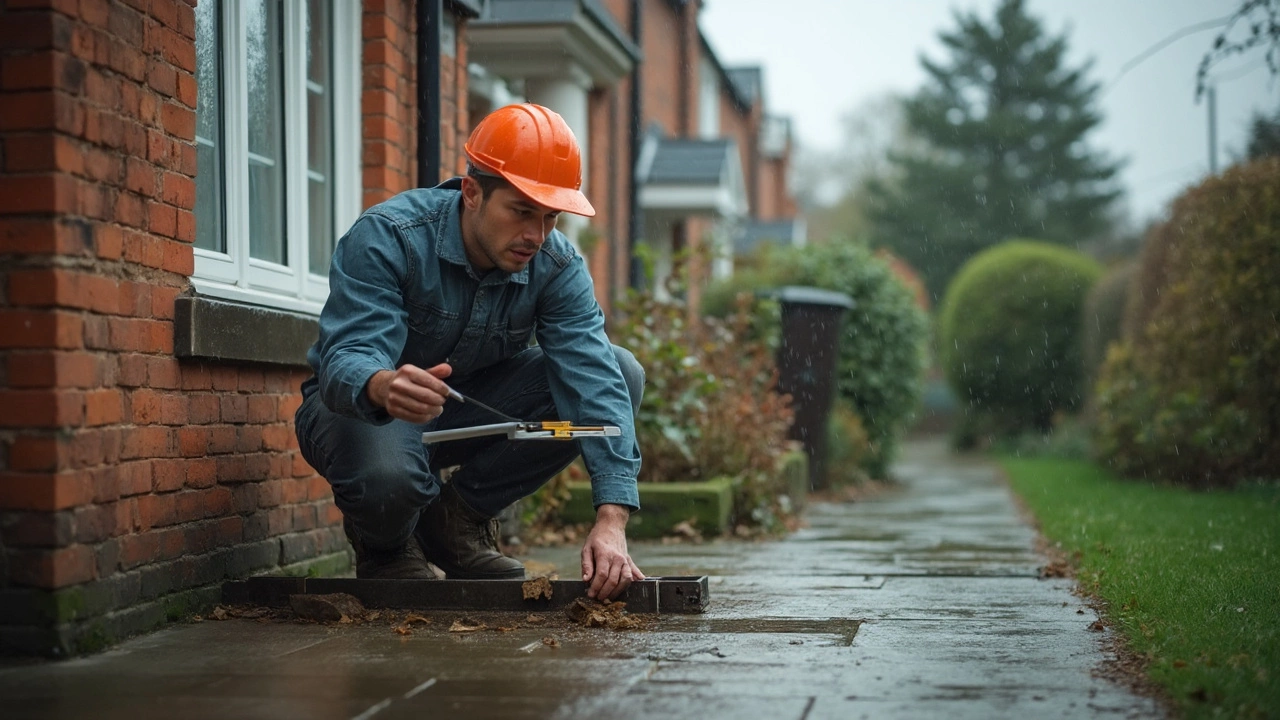House Foundation Basics: What Every Homeowner Should Know
Your house stands on its foundation – the part you never see but feel every time the floor is level. A solid foundation keeps the structure safe from soil movement, water, and weather. If the ground shifts or moisture seeps in, cracks appear and problems start. Knowing the basics helps you spot issues early and avoid costly repairs.
Foundations come in three main types: slab, crawl‑space and basement. A slab is a single concrete plate poured directly on the ground, common in newer builds. Crawl‑spaces sit a foot or two above the soil and give you a small area to access utilities. Basements are full‑height spaces that also serve as extra living area. Each type has its own strengths and weak spots.
How to Spot Foundation Problems Early
Watch for doors that stick, windows that don’t close right, or uneven floors. Look for visible cracks in walls – especially hair‑line cracks that spread horizontally or widen over time. Outside, check for gaps where the foundation meets the landscaping, or signs of soil erosion. If you see water pooling near the foundation after rain, that’s a red flag.
One simple test is to place a level on the floor and note any tilt. Another is to measure a crack with a ruler; if it’s growing a few millimetres each month, call a professional. Ignoring these signs can lead to bigger structural damage and lower property value.
Repair Options and What They Cost
Small hairline cracks often just need epoxy injection – a quick fix that fills the gap and stops water entry. Larger horizontal cracks may require steel piers or carbon fibre straps to brace the wall. If the soil underneath is shifting, you might need underpinning, which adds concrete footings deeper into stable ground.
Costs vary. Epoxy repairs can start around £200‑£500, while pier installation often runs £1,000‑£3,000 per pier. Full underpinning projects can exceed £10,000 depending on size and depth. Getting several quotes and checking a contractor’s experience with foundations will save you money and headaches.
Regular maintenance also pays off. Keep gutters clean, ensure proper drainage away from the house, and avoid planting large trees close to the foundation. These simple steps reduce soil movement and water pressure, extending the life of your foundation.
When in doubt, call a foundation specialist. They’ll do a thorough inspection, explain why a crack matters, and suggest the most cost‑effective repair. Acting fast protects your home’s stability and keeps resale value high.
Remember, a strong foundation isn’t just about concrete – it’s about keeping moisture, soil pressure, and weight evenly balanced. With the right awareness and timely repairs, your house will stay safe and level for years to come.

